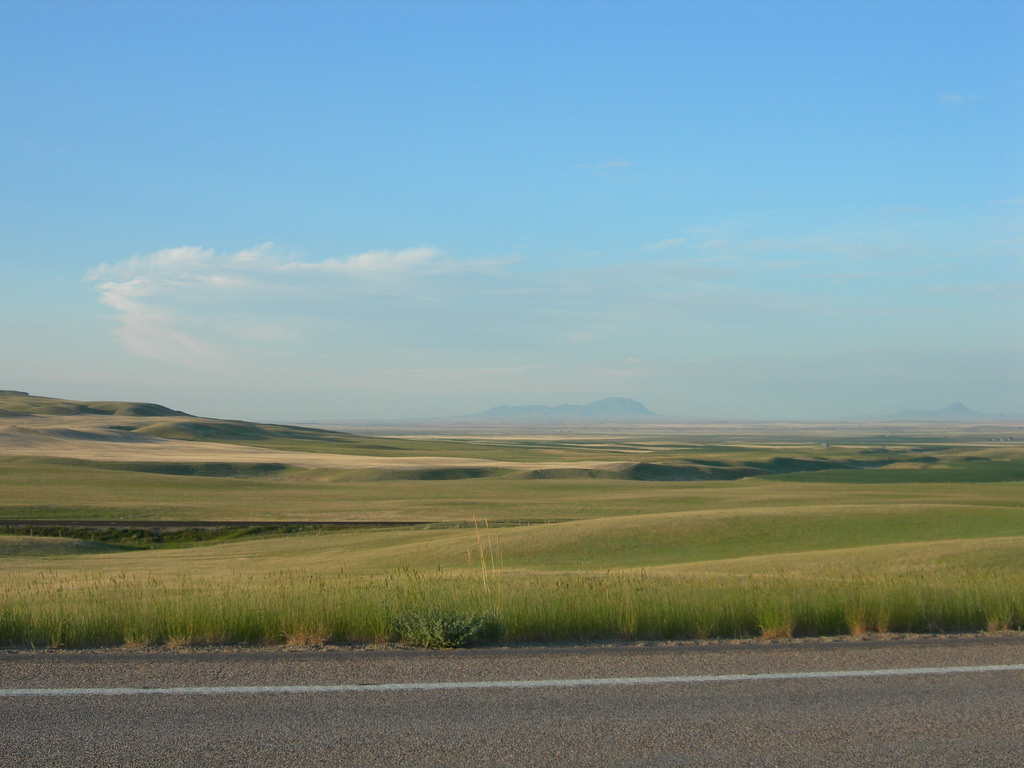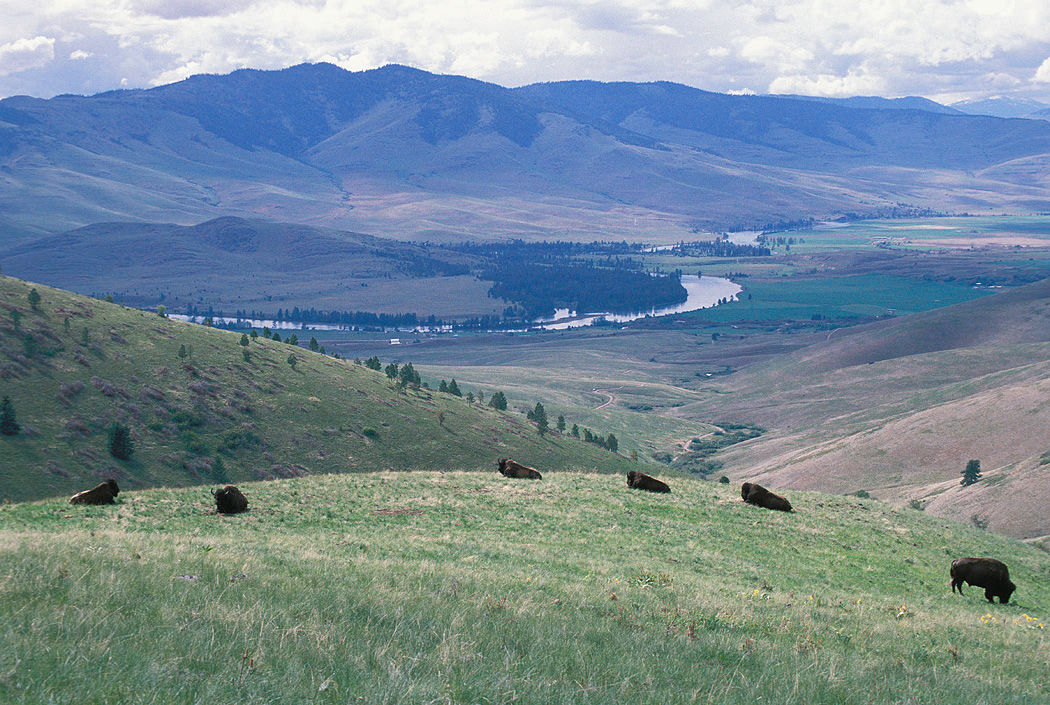
I’ve been thinking a lot these past weeks, as many Americans have, about inevitable changes coming from those barreling into power, and how they, historically, have attacked the environment through their platform. Over the past week, it’s been discovered that the incoming Republican Congress will be, it seems, redefining U.S. federal lands as “effectively worthless”.
Heather Hansman tells, at The Guardian:
Essentially, the revised budget rules deny that federal land has any value at all, allowing the new Congress to sidestep requirements that a bill giving away a piece of federal land does not decrease federal revenue or contribute to the federal debt.
So, this means states—and native peoples—have the potential to lose land, and lose land fast. And it’s important to note that “the land under control of the Bureau of Land Management (BLM), National Forests and Federal Wildlife Refuges contributes to $646bn in economic stimulus, not to mention 6.1m jobs.”
Blargh. See, American Exceptionalism is a complicated and contradictory idea that America is unique and special and superior and does what it needs to—while often paving over the histories and cultures of the native peoples who were settled here first. It’s an idea that’s still with people, that we can do what we want to the land, the people on it—that it all belongs to us. And this land, unfortunately, is often at the center of our idea of what this country is: expansive land, open land, towering massifs and endless landscapes bleeding into the horizon. U.S. federal land, U.S. parks, the National Park Service…it truly is a wonderful and inspiring resources that people do (see above) take advantage of: It’s where we go to get away, to vacation, it inspires art and discussions but, yes, unfortunately needs our intervention and conservation, too.
Who stands to gain from all of this? Well, yes, it would seem the wealthy, those who can afford to buy it, to develop it (lets’ say, for example, the mining industry).
It reminds me think of a group I discovered last year, the American Prairie Reserve: an organization of ultra-wealthy philanthropists who have come together to purchase and set aside on the Great Plains of northeastern Montana.
My first love being forests, yes, but my mind quickly, and often, wanders to prairies and grasslands, especially when I think of uniquely American landscapes. And it’s good to remember: “Large pieces of undisturbed grassland remain in only four places in the world: the Northern Plains of the U.S.; the Kazakh Steppe and the Mongol Steppe, both in Asia, and an area in Patagonia.”
Yes, these are critical regions, and here, in America, this is Americana, the foundation of and inspiration for books and artworks and movies.
So, then, welcome the APR, which envisions the area, which is made up of private and public lands, as harboring wildlife native to the grasslands, including bison, wolves, black-footed ferrets and grizzly bears, as well as existing animals such as elk, deer, antelope and numerous species of birds and small mammals.
On the eve of seeing our lands potentially disappear, our backyards destroyed, we turn to this idea of privatizing land for the sake of preservation and—is this the new trend? Is this how the next generations will see what we’ve all taken for granted, will explore these green spaces? Perhaps, and perhaps it’s our only hope? Whatever it takes to protect these places…I’m all for it, yes, but strange and critically important times these are.
Or, rather: Complicated and contradictory, yet.

